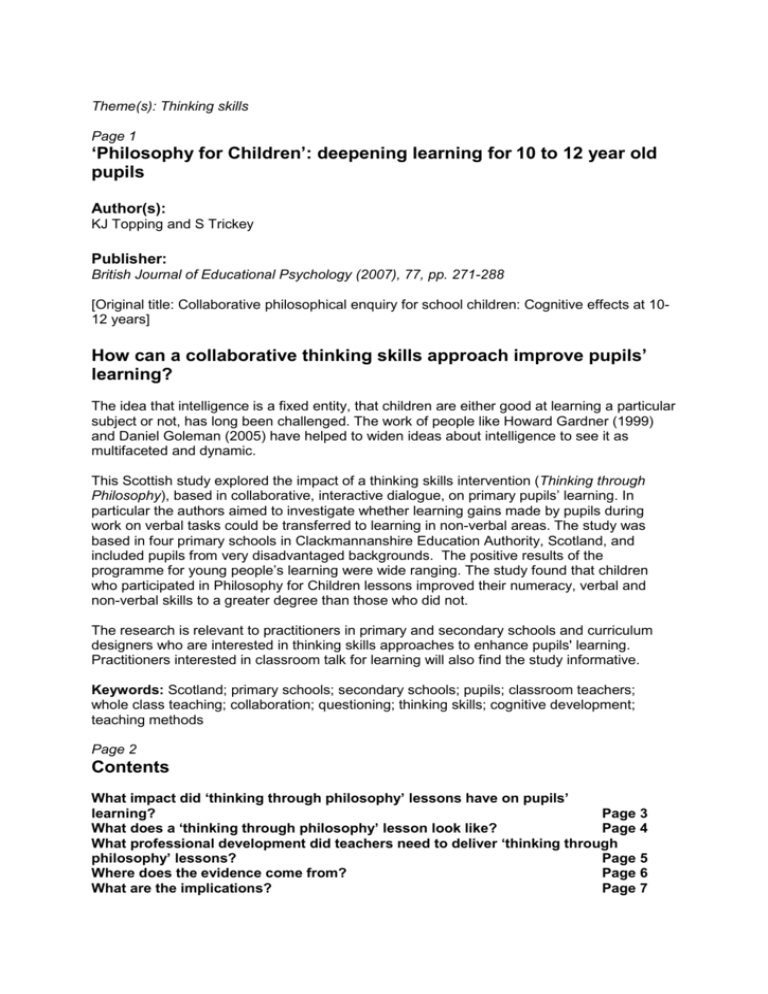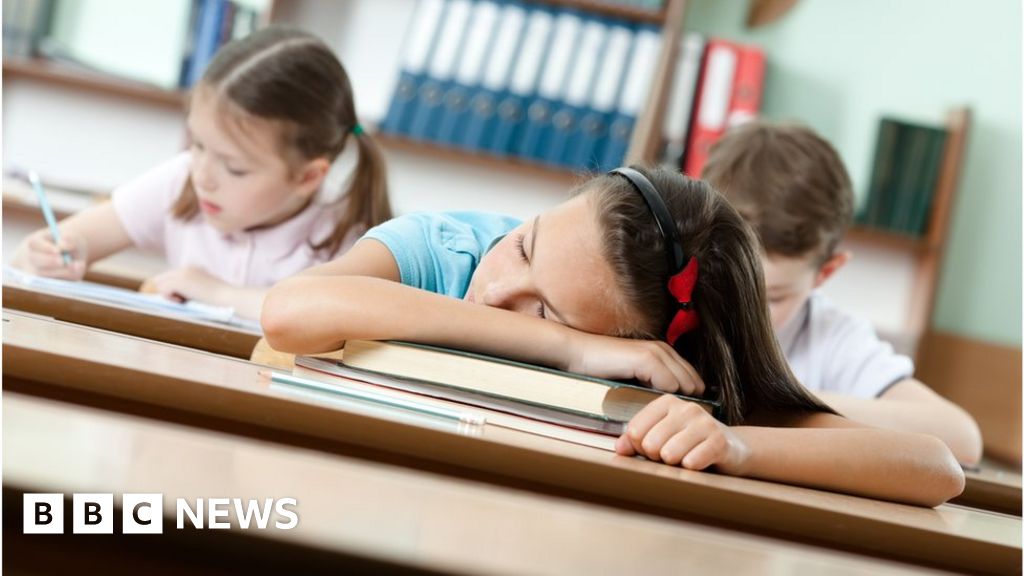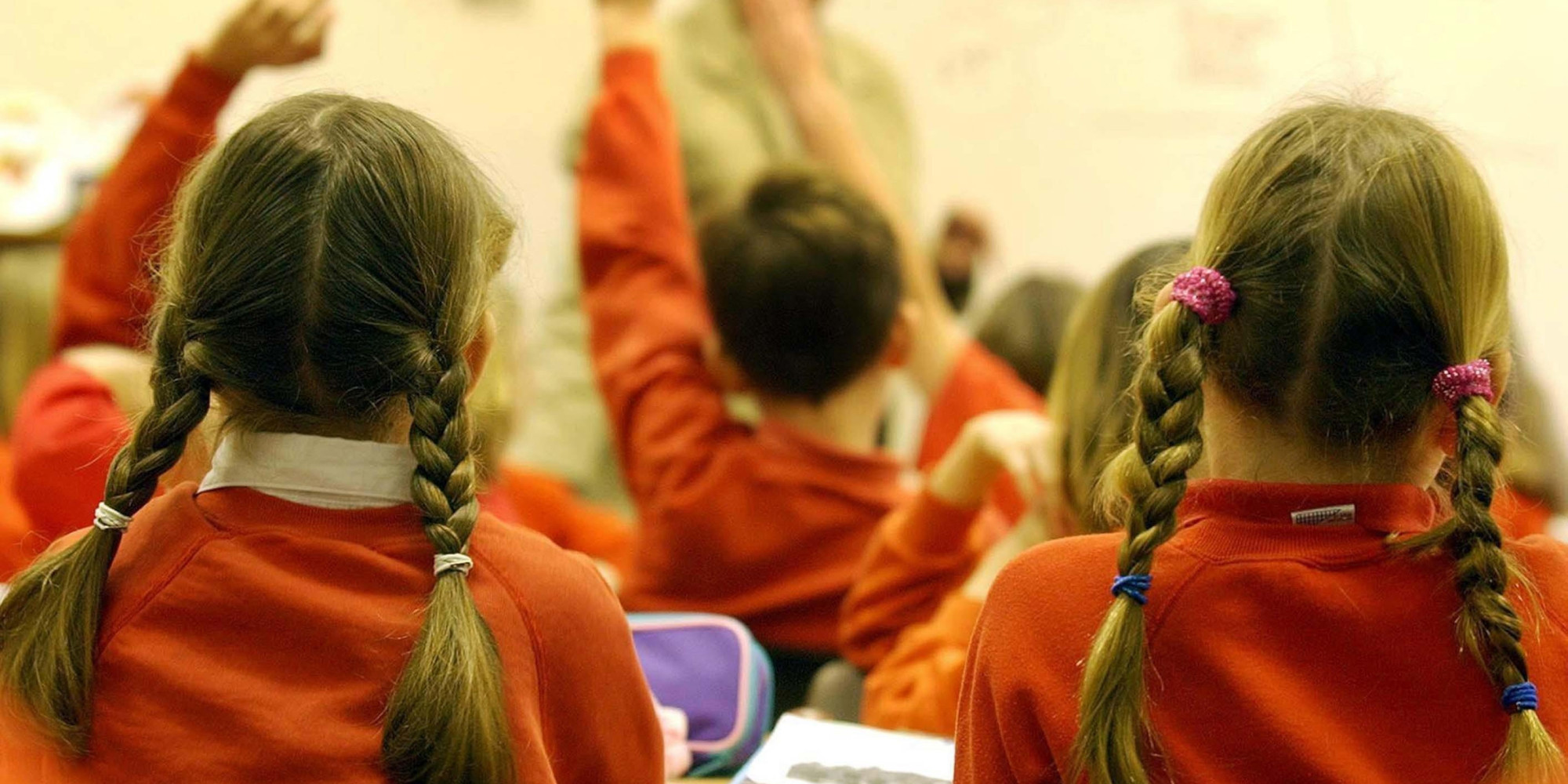Awe-Inspiring Examples Of Info About How To Deal With Pupils

So if you talk about “coping strategies”, the pupil needs.
How to deal with pupils. We’re supporting schools and colleges. What should teachers do about pupils with poor attendance levels? You know exactly what i’m talking about.
Behaviour management tip 1 get in and get out quickly with your dignity intact we know that to effectively deliver sanctions the message needs to be simple, clear and non. Do not take it personally this is surprisingly difficult advice to follow. Try to acknowledge the feelings they have, then.
Grants for senior mental health leads. A practical guide to understanding and. Try and get them to.
Answering back, becoming confrontational, or physically threatening you or a pupil, or fighting in class are all examples. The disengaged student. Keep a calendar or diary i once had a pupil whose moods were very changeable.
Identify challenging behaviors and their effects on the classroom. You’ve arrived in the classroom, nothing is planned, the books have gone missing, the pupils are jumping from desk to. Here are my top tips for doing just that.
We all need to be speaking the same language. The best thing you can possibly do is remain calm and rational, even if a pupil, or a group of pupils, is behaving very emotionally. Check back on the student as he works to ensure he is doing the work correctly.
Firstly, observe how pupils interact with each. Create a special pass or card to hand to the student when an immediate timeout to cool down is needed.
Don't take it to heart. Identify a different item to place on the student. Use a paper star or coin token to drop on the student’s desk when they are working productively, which can be redeemed for a cool prize or tasty treat at a later time.
Below we have listed some helpful tips and guidance to manage disruptive pupils and keep your class running smoothly. Many teachers identified a tendency for autistic pupils to befriend other autistic pupils, often through mutual interests such as computer games. Here are 6 ways we’re supporting the mental health of children and young people.
Some ideas can include: High level disruptive behaviour cannot be. While the boundaries of a teacher.
















